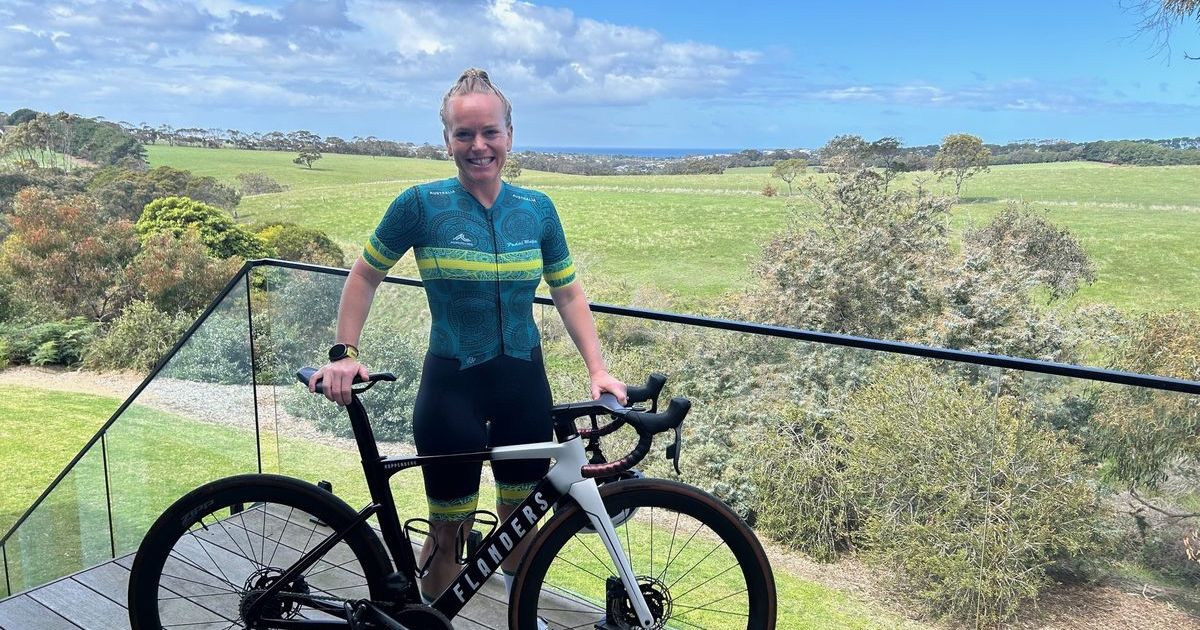Denny Lascelles Woolstores celebrates 150th

The bluestone building at the corner of Moorabool and Brougham streets, Geelong, circa 1880. Photos: NATIONAL WOOL MUSEUM COLLECTION
THIS August marked 150 years since the opening of the CJ Dennys & Co Woolstore, the present home of Geelong’s National Wool Museum.
The museum is celebrating this significant milestone with free entry, children’s activities, complimentary morning tea and a yarn with our staff and volunteers.
Also marking the milestone is the National Wool Museum exhibition Bluestone: 150 Years of the Dennys Lascelles Woolstore, which is now open.
“It is an honour to be part of such deep connection – in a building embedded in the rich colonial history of Geelong on a place with thousands of years of ongoing cultural heritage,” National Wool Museum Director, Padraic Fisher said.
“We welcome everyone to come for a visit to the ‘Bluestone Jewel Box’ share a story and make a connection of their own to this place we call Geelong.”
City of Greater Geelong mayor Peter Murrihy encouraged the community to learn more about the building’s history.

“The woolstore is so strongly intertwined with the modern history of Geelong,” he said.
“The 150-year anniversary of its opening is a milestone worth reflecting upon for its impact on both the evolution of our city, and the Wadawurrung people who were displaced from their land as a result of colonisation.
“The free open day gives us all a chance to recognise and learn more about both of these elements.”
Bluestone: 150 Years of the Dennys Lascelles Woolstore is an honest account of the colonisation of the region and events leading up to the opening of the woolstore.
The exhibition will tell the stories of those who have walked these halls and will explore the progress of Geelong and those who lived here through the ages.
On August 1, 1872, the CJ Dennys & Co Woolstore opened at the corner of Moorabool and Brougham streets in Geelong. At the time of opening, the basalt bluestone woolstore was the second largest store in Victoria and by many accounts the “most elaborate”. On the day of opening there was a banquet for 200 people on the third floor that was, of course, followed by a wool sale.
The woolstore sits on Wadawurrung country on the site of an ancient waterway, a place of cultural significance. Wadawurrung peoples’ lives changed forever as a result of colonisation, but they continued to live on country and many of their stories are captured in this exhibition.
When the woolstore opened, it was an innovation in colonial architecture, with advanced design for lighting and ventilation. The bluestone came from Fyansford quarries (with the dressed portion from Ballarat) and the bricks came from the kiln in Geelong West.

Bluestone will consider the many faces of CJ Dennys. On the one hand, Dennys has been memorialised for his kindness and generosityl but on the other Dennys was a frontiersman who committed acts of frontier violence – a story that the Museum tells in their core exhibition On the Land: Our Story Retold, and one that will be approached again.
Bluestone also explores forgotten stories – have you ever felt Ganley’s ghost inside the woolstore? In 1895, Arthur Ganley was decapitated by the bale lift while working in the building.
But there are other equally evocative stories, such as young female employees training for their basketball competitions on the top floor of the building. And there are stories still being excavated, such as the tunnels that used to run under Brougham Street.
The museum has also commissioned emerging Wadawurrung elder, Dr Deanne Gilson to create an exhibition that compliments the telling of the Bluestone story. Wadawurrung Dja: Awakening Country is on display until November 15.
Bluestone: 150 Years of the Dennys Lascelles Woolstore will be on exhibition at the National Wool Museum, 26 Moorabool Street, Geelong, until April 23, 2023.C.J. Dennys, circa 1870.
The last length of telegraph cable connecting Australia and New Zealand is laid in 1878.
// Sponsored Content

















